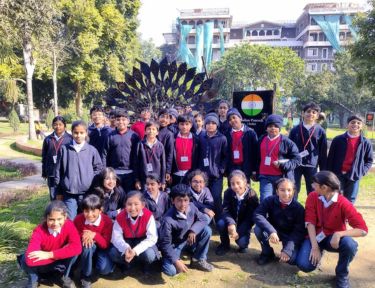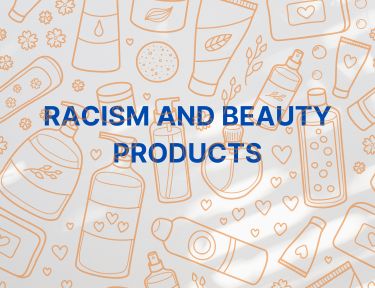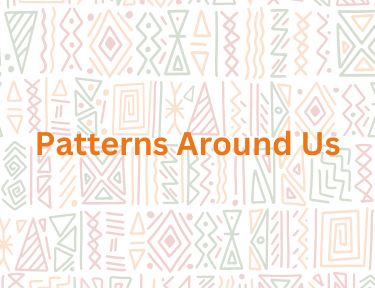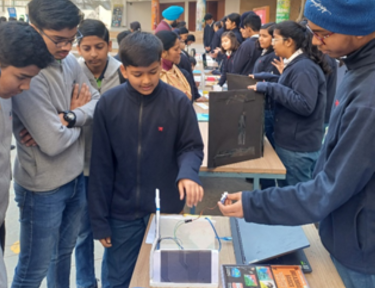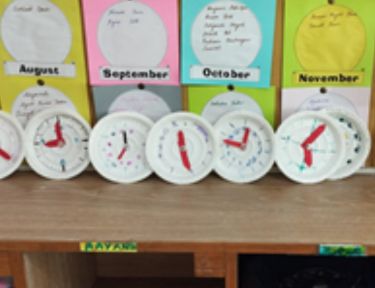


RACISM AND BEAUTY PRODUCTS
About the project
The project aimed at providing learners with the knowledge of how racism exists in everyday life. In this project, students of class VI used the concepts of beauty and race to develop, implement, and analyse a survey of fairness creams used in society. The project encouraged critical thinking as students examined the survey results. They were able to identify patterns and trends, enabling them to draw meaningful conclusions about the broader impact of racial biases on beauty ideals. Through this process, the students not only learned about the existence of racism in everyday life but also developed the skills necessary to critically assess and address such issues.
Driving Question
Is fairness a definition of beauty?
Process
For an entry event, students discussed the famous phrase, ‘Mirror, mirror on the wall, who’s the fairest of them all?’. The driving question led the students to discuss why fairness creams are sold and used in society. Students questioned whether beauty standards are objective or they are shaped by our history. They focused on one aspect of connecting fairness and beauty: the use of fairness creams in our society. They also delved into the history of its use and what role the colonial masters had in this perception of beauty. After collecting data on perceptions of tanning, fairness creams, and colour-based discrimination on Google Forms, students extracted the graphs for different responses.
To deepen their understanding, students also interviewed people from diverse backgrounds to gather qualitative insights into their personal experiences and perceptions related to fairness creams. This qualitative data provided a nuanced layer to their research, offering firsthand accounts that complemented the quantitative data from the survey. The students explored academic literature on the historical context of beauty standards, seeking to connect societal views on fairness to broader cultural and historical influences.
The students analysed the results using pie charts and frequency tables. The survey findings were then presented on a research poster.
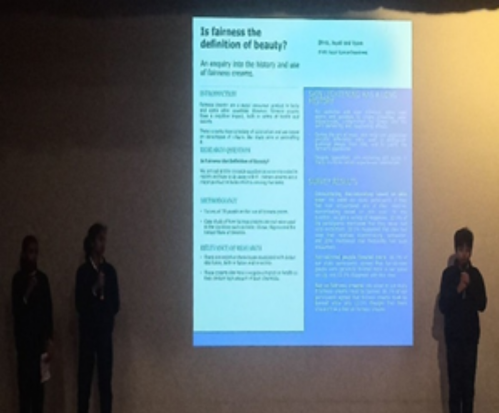
Project Culmination
The teams came together to create a poster presentation in which the students explained the results of their survey and their understanding of the topic of racism.
Teacher Reflection
The students had an opportunity to understand how history shapes our attitudes and biases. The graphs discussed by the students demonstrated their understanding of how centuries-old perceptions of beauty still affect our society. The analysis of the data collected and the connection made with historical events highlighted the achievement of learning objectives.








